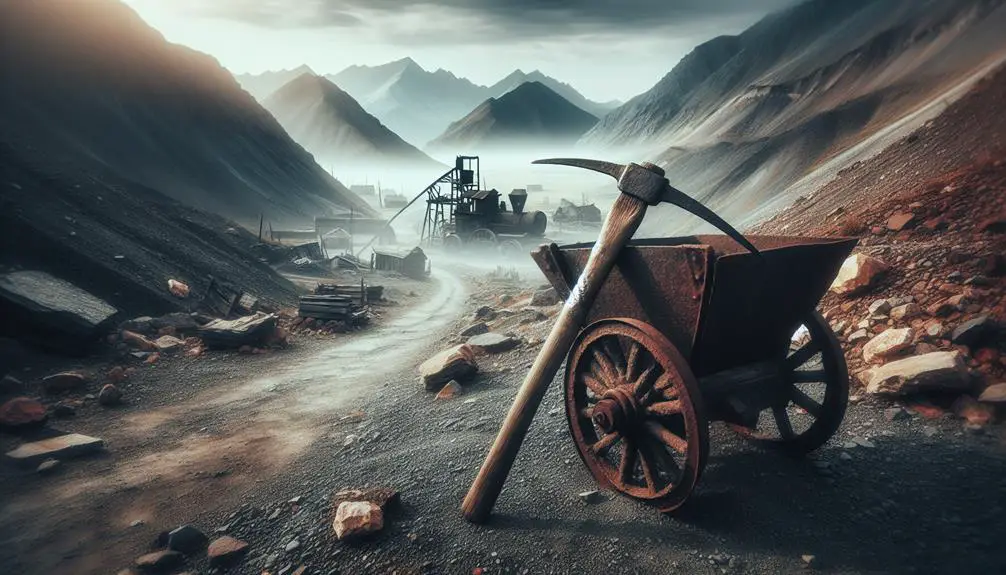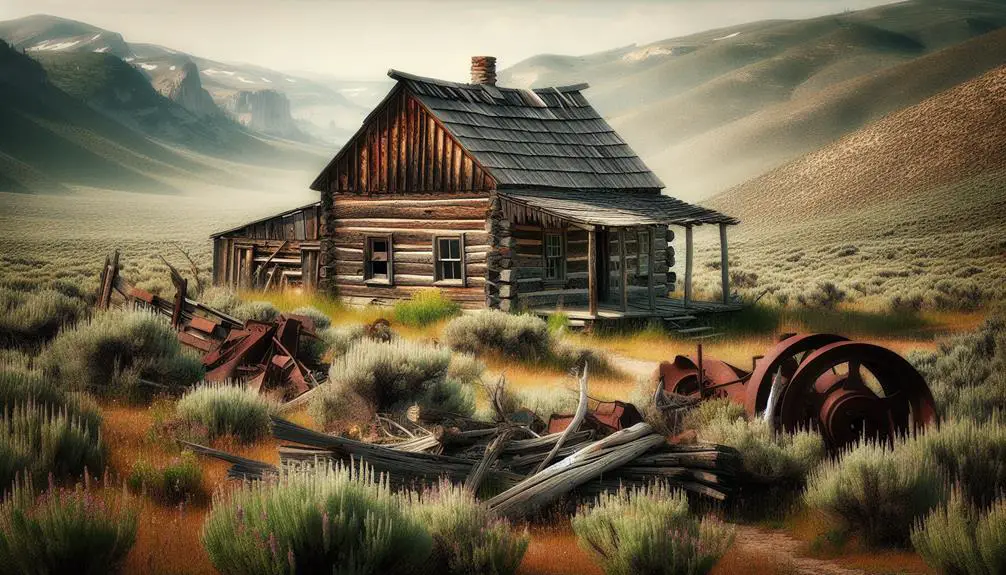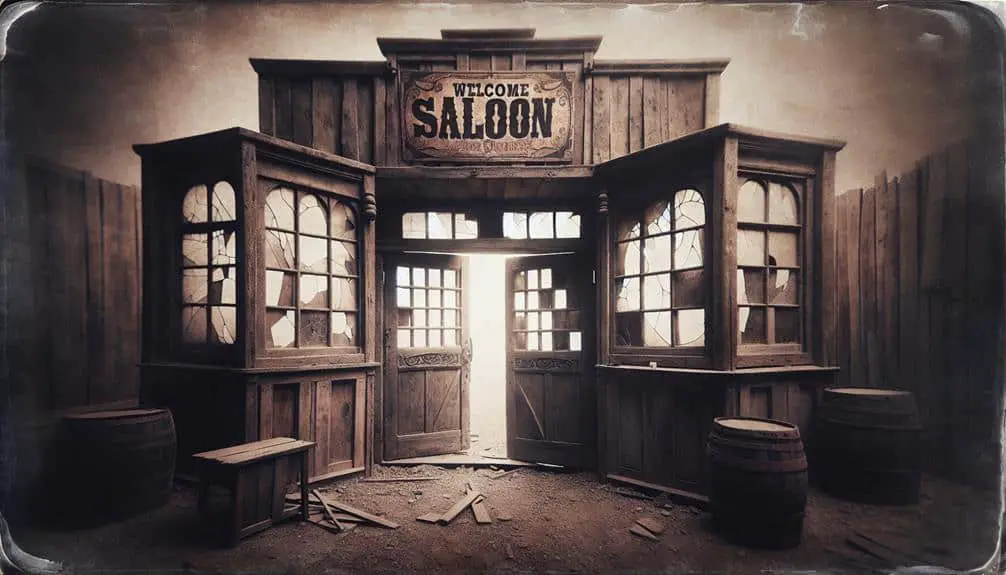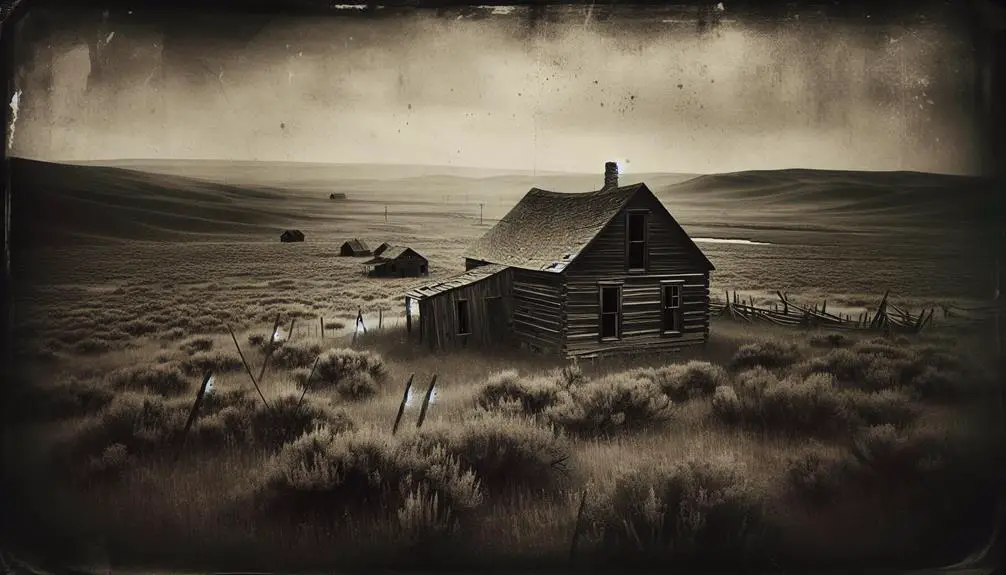When rediscovering lost mining towns in the Rockies, prioritize safety by packing essentials, staying hydrated, and informing others of your plans. Explore historical records like census data and newspapers for insights into the town's past. Safely navigate abandoned sites by watching out for unstable structures and wildlife. Connect with local historians to gain firsthand accounts and access unique resources. Document your discoveries meticulously through notes, photographs, and sketches. Immerse yourself in the historical allure of these bygone eras, and reveal a treasure trove of untold stories that are waiting to be discovered.
Key Points
- Prioritize safety with emergency kit and hydration.
- Connect with local historians for unique insights.
- Explore abandoned sites cautiously for personal safety.
- Document discoveries meticulously with notes and photographs.
- Research historical records and utilize archival resources.
Researching Historical Records
To uncover the rich history of lost mining towns in the Rockies, explore historical records with meticulous attention to detail. Genealogy research can be a powerful tool in tracing the roots of these forgotten settlements. Investigate archival resources such as census data, land records, and newspapers to piece together the lives of the miners and families who once inhabited these towns.
When conducting genealogy research, start by gathering information from family records and oral histories. These personal accounts can provide valuable leads to further explore in official documents. Utilize online databases and local archives to access a wealth of historical records that can offer insights into the daily lives and events of these towns.
Exploring Abandoned Sites Safely
For safe exploration of abandoned sites, always prioritize your personal safety and be vigilant of potential hazards. When venturing into these historical remnants, remember the following:
- Watch Your Step: Abandoned structures may have decaying floors or unstable foundations. Proceed with caution, and avoid areas that look structurally unsound.
- Beware of Wildlife: In these deserted places, wildlife may have made their homes. Keep an eye out for signs of animals and give them space to avoid any unwanted encounters.
- Mind the Elements: Exposure to the elements can weaken the integrity of abandoned structures. Be cautious of rusty nails, falling debris, or other hidden dangers that the weather may have exacerbated.
Exploring these abandoned sites can be a thrilling experience, but safety should always come first. Stay alert, respect the environment, and be prepared for the unexpected. By approaching these sites with care and awareness, you can fully immerse yourself in the history they hold while staying safe and secure.
Connecting With Local Historians
Connecting with local historians provides invaluable insights into the rich history and stories of the mining towns nestled in the Rockies. Local interviews offer firsthand accounts and anecdotes that bring the past to life. By speaking with historians who've dedicated their lives to studying these towns, you can gain a deeper understanding of the challenges, triumphs, and daily life of the miners and settlers who once inhabited these areas.
Furthermore, delving into historical archives allows you to access a treasure trove of documents, photographs, and maps that can help piece together the narratives of these lost towns. Local historians often have access to unique resources that may not be readily available elsewhere. By leveraging these sources, you can uncover hidden gems of information that add layers of complexity to your exploration.
Prioritizing Safety in Exploration
Ensuring safety is paramount when starting explorations of the lost mining towns scattered throughout the Rockies. Before setting out on your journey, it's essential to prioritize safety precautions to make the most of your adventure. Here are some essential tips to keep you safe while exploring these historic sites:
- Pack an Emergency Kit: Include items like first aid supplies, a flashlight, extra batteries, a multi-tool, and a map of the area. Being prepared for unexpected situations can make a significant difference in your safety.
- Stay Hydrated and Energized: Carry an ample supply of water and snacks to keep yourself hydrated and energized throughout your exploration. The rugged terrain and unpredictable weather conditions in the Rockies can quickly deplete your energy levels.
- Inform Others of Your Plans: Before starting out, inform a trusted person of your itinerary and expected return time. This simple step can be critical in case of emergencies, ensuring that help can reach you if needed.
Documenting Your Discoveries
When documenting your discoveries in the lost mining towns of the Rockies, meticulous record-keeping is key to preserving the historical significance of these sites. Capturing memories and preserving artifacts allow future generations to connect with the past.
Begin by taking detailed notes of each location you explore. Include observations about the structures, tools, and personal items you encounter. Photographs are invaluable in documenting the current state of the town and its surroundings. Make sure to capture both wide-angle shots and close-ups to provide a thorough view.
In addition to notes and photographs, consider creating sketches or diagrams of the town layout. These visual representations can help reconstruct the town's history and layout accurately. Label each item you collect or photograph to maintain a clear record of where it was found.
Remember to respect the sites you visit by leaving artifacts untouched and undisturbed. Your documentation efforts play a crucial role in ensuring that the stories of these lost mining towns are preserved for years to come.
Frequently Asked Questions
How Can I Determine the Best Time of Year to Visit These Lost Mining Towns in the Rockies?
To determine the best time to visit lost mining towns in the Rockies for ideal photography spots and hiking trails, consider visiting during the early fall. The crisp air enhances colors, and trails are less crowded.
Are There Any Specific Precautions I Should Take When Exploring These Abandoned Sites in Terms of Wildlife Encounters?
When exploring abandoned sites, it's important to prioritize wildlife safety. Be mindful of potential encounters and respect their habitat. Additionally, seize photography opportunities responsibly, capturing the beauty without disturbing the natural balance of these fascinating locations.
What Types of Equipment or Gear Should I Bring With Me When Exploring These Lost Mining Towns?
When exploring lost mining towns, pack gear essentials like sturdy footwear, water, snacks, flashlight, map, first aid kit, and camera. Prioritize exploration safety by wearing appropriate clothing, checking weather conditions, informing others of your plans, and staying alert.
Are There Any Legal Restrictions or Regulations I Should Be Aware of When Visiting These Historical Sites?
When exploring historical sites, be mindful of legal restrictions like trespassing laws and site protection regulations. To guarantee historical preservation and cultural sensitivity, research local ordinances and respect private property boundaries.
How Can I Respectfully Interact With Any Descendants or Relatives of the Miners Who Once Lived in These Towns?
When interacting with descendants of miners from old towns, show respect for their heritage. Acknowledge their ancestors' contributions and hardships. Listen to their stories with empathy. Support historical preservation efforts that honor their legacy.



